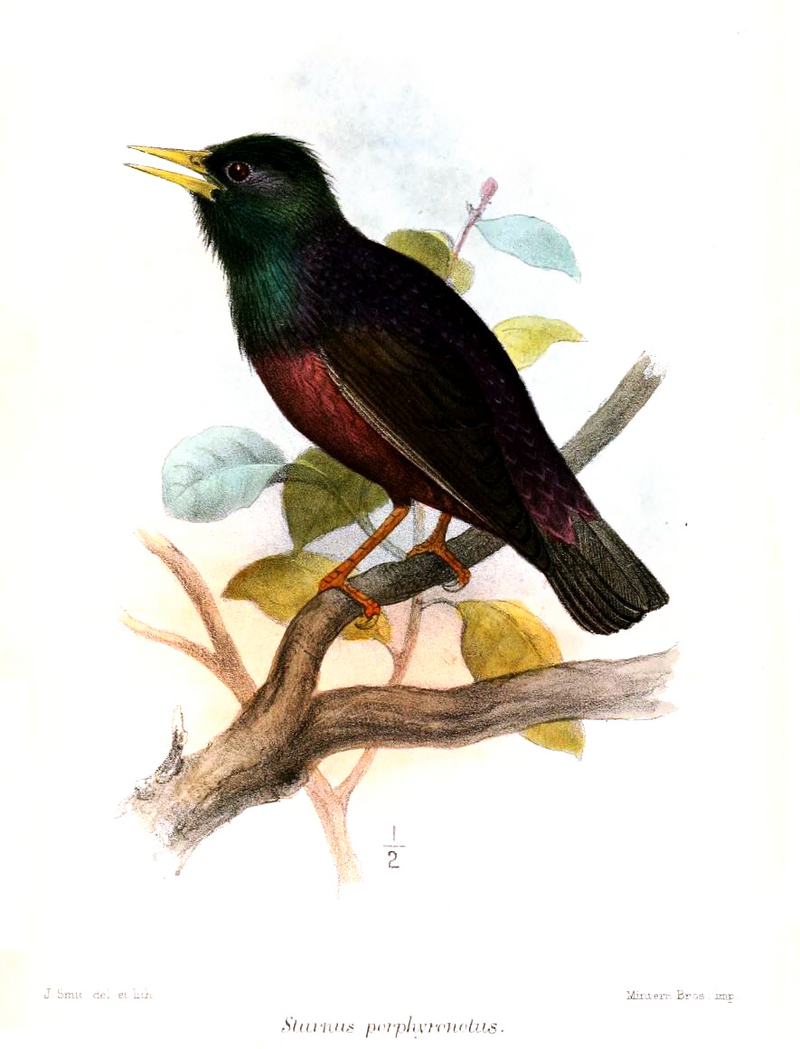|
| 질의: birds of europe | 결과: 666번째/1706 | |
Central Asian Starling (Sturnus vulgaris porphyronotus)
| 제목: | Central Asian Starling (Sturnus vulgaris porphyronotus)
| | 올린이: | Wiki Photos (---@---.---)
| |

| 해상도: 885x1161
파일크기: 468570 Bytes
등록시간: 2017:03:07 16:52:00
|
|
|